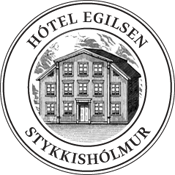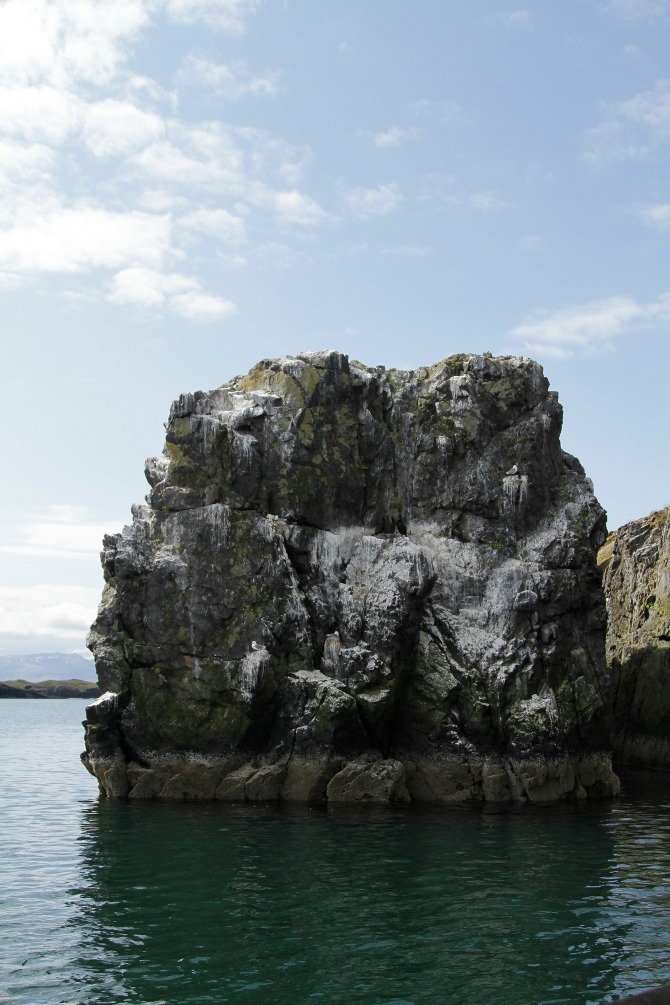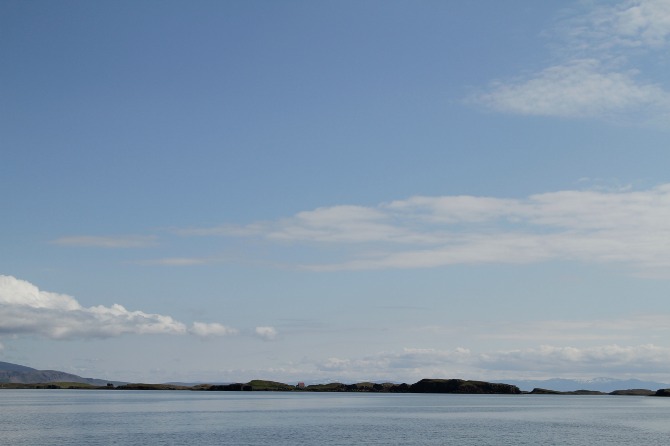Stykkishólmur: The Town By The Islands
/Dagbjört Höskuldsdóttir
If you come to Stykkishólmur, you notice right away the many islands you can see no matter where you look towards the sea. These islands create the special panorama that you can’t find anywhere else. Climb the tallest hill, watch and enjoy. See the fjord teeming with life. Houses on many islands, boats at sail, people working hard at the docks, people on their way to shops in town. This is how the town was developed—as a mercantile and service centre for people on the islands and the surrounding countryside.
You will undoubtedly ask: why are some of the islands developed and not all of them? Why are there large islands left undeveloped while there are smaller or even rocky islands with houses on them? In order to develop an island, two things were needed: the ability to dock boats and pull them onto land, and access to fresh water. Of special importance was the first condition—in places, water was bad or even mixed with seawater, the inhabitants made up for this by collecting rainwater. Even on islands such as the widely inhabited Höskuldsey, which lie west of Stykkishólmur and borders on the edge of the ocean, water was hard to find.
So why did settlement take hold there? Because of the plentiful fish stocks that could be found nearby. Fishermen typically rowed out to fishing areas, and so they couldn’t be too far out to sea. For this reason, fishermen built so-called “sea camps” on the shores of Höskuldsey and would live there for weeks or months at a time. One should also remember the sand reef north Stykkishólmur, near Flatey, called Oddbjarnarsker. No permanent settlement was ever established there, but sailors set up camps there and rowed out to fishing areas. Though the conditions were terrible, the fishing was good.
Icelanders are an island people. Iceland is an island, so it’s no wonder that surrounding islands were also utilised. Apart from rowing out to fishing areas, these islands also had a great deal of bird life. People hunted a lot of puffins—both adults and their young—as well as guillemots and cormorants. Seals were also hunted in nets, so people were able to get their necessary fat and Omega-3 acids.
But today, there are no developed islands near Stykkishólmur—only Flatey, which lies far north of the town, where two farmers live.
There are many stories from the islands. Most of them are tales of rough sea voyages, treacherous expeditions and of ships lost to the unforgiving ocean. The fight for survival was very difficult. Can you imagine what it would be like to live on a tiny island in the sea in the middle of the pitch-black winter? A northern storm raging outside, with the only light source being candles or fish oil lamps (kerosene lamps marked a great improvement). But then spring comes, the birds are singing around the reef and people become filled with optimism. There is no place more beautiful than springtime in Breiðafjörður, when the sun rises higher in the sky every day, until it never quite disappears, but hides for a short while behind the Westfjords mountains, only to return and gild the mountains and sea. Then the world by the fjord is nightless.






